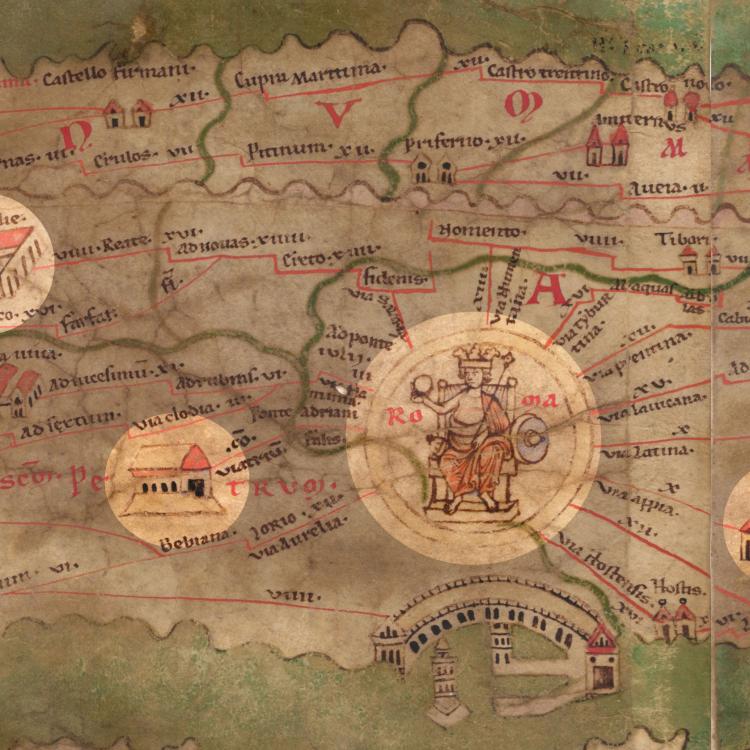Visualizing Time in Ancient Roman History
Rendering a research-based temporal argument on a timeline encouraged students to think more carefully about their historical argument--how it played out over time and what points in time needed to be examined to trace that development--than they might in the traditional 15-page final paper. Because the assignment required students to support each point on their timeline with links to sources, articles, and other multimedia materials, students also were more aware of their need for strong evidence to support their argumentation and the likelihood that an engaged reader might actually follow-up on their research by clicking those links. Essentially, students knew their evidence and footnotes needed to bring value. Finally, because the projects (both collaborative and individual) were public-facing, students had a better sense of the work that their peers were doing (and felt challenged by that) and they worked harder than they might otherwise, knowing that others would see what they had done.
The completed collaborative group timeline, warts and all, enabled students to engage with critical temporal historical thinking skills (such as periodization, cause and effect, continuity and change over time) and to troubleshoot their comfort- and skill-level with rendering temporal arguments via digital humanities media.
